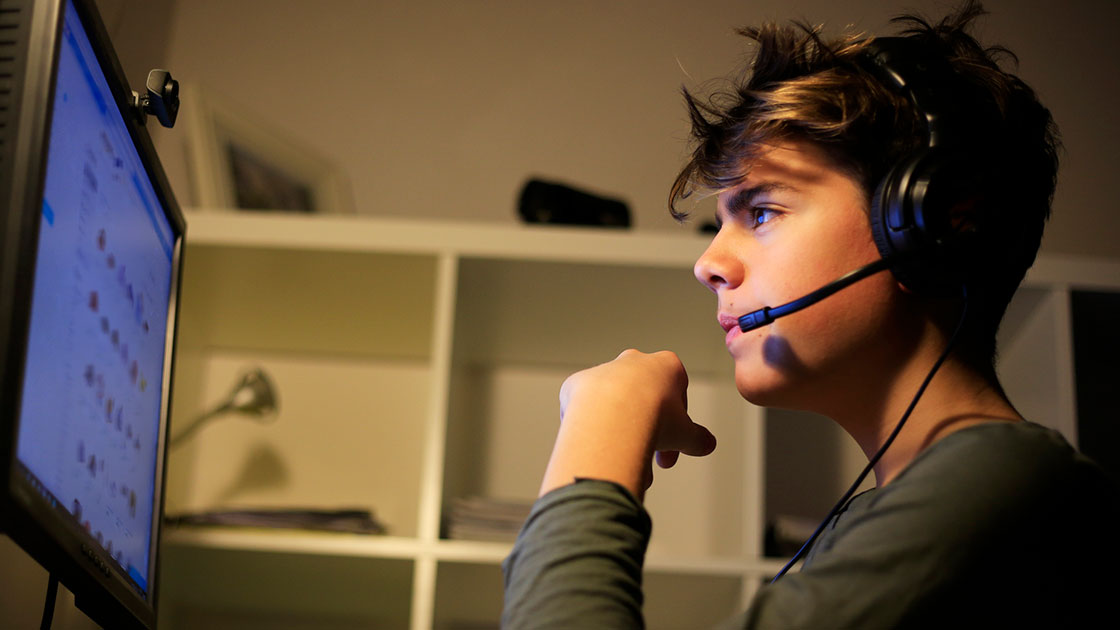Affordable Assistive Technology
When teachers don’t use assistive technology, cost is often a factor. Are there good low tech solutions — or maybe some tools that are free or inexpensive that more teachers might consider?
Yes. If you look at reading, for example, we have multiple domains that students might struggle with. One domain is word reading — being able to recognize or decode individual words, and to do that reasonably fluently. To accommodate for that, text to speech is really the optimal technology. And you can spend $1400 for a program that can read out loud to you, but you can also use free tools. The Natural Reader is free on Macs, and on iPads, they have built-in text to speech, which is one of the best tools out there. It’s free if you have a recent version of the iPad.

